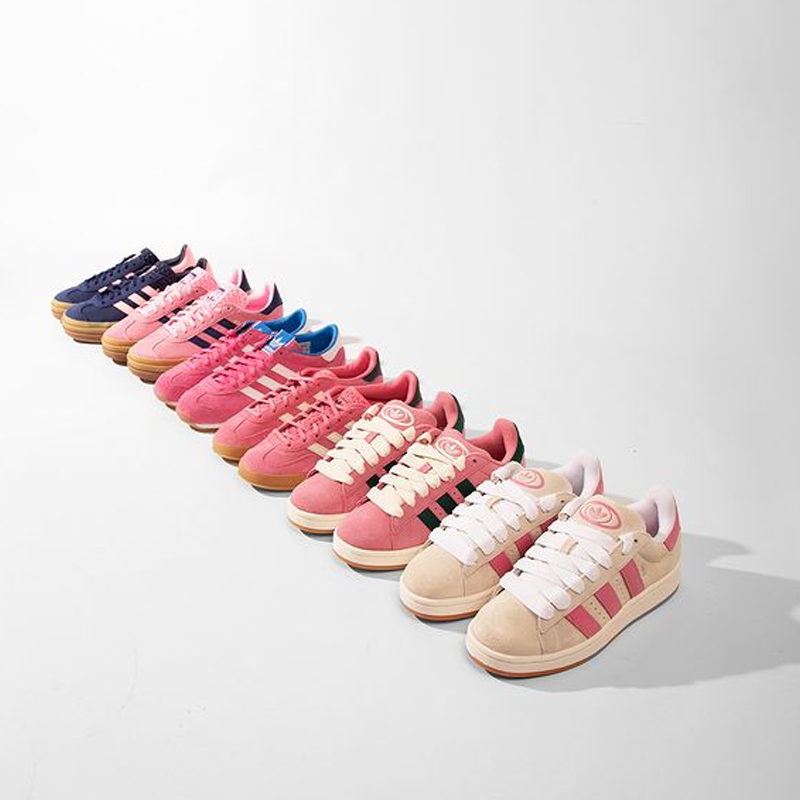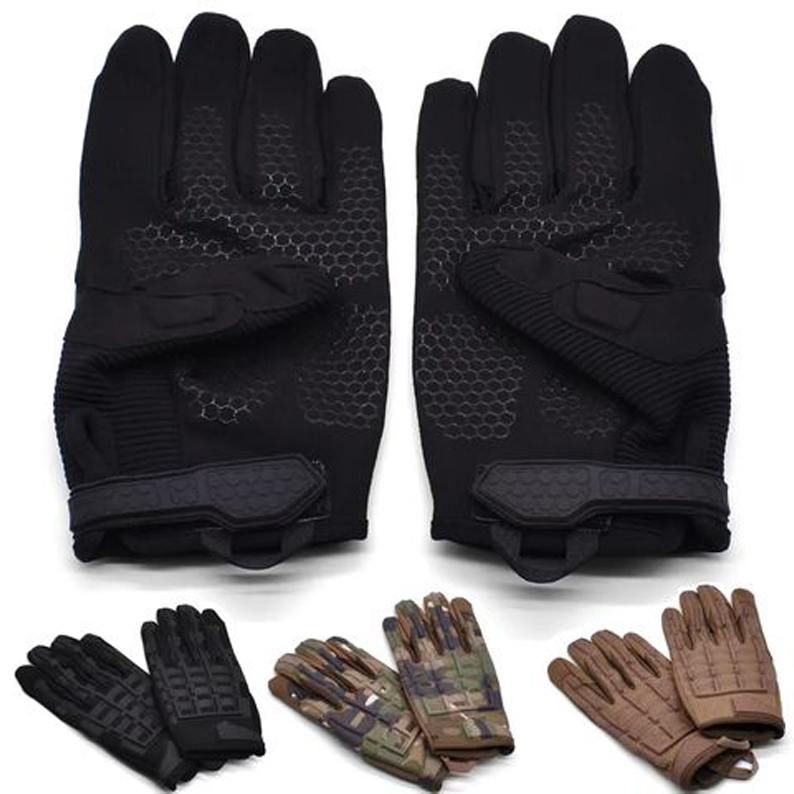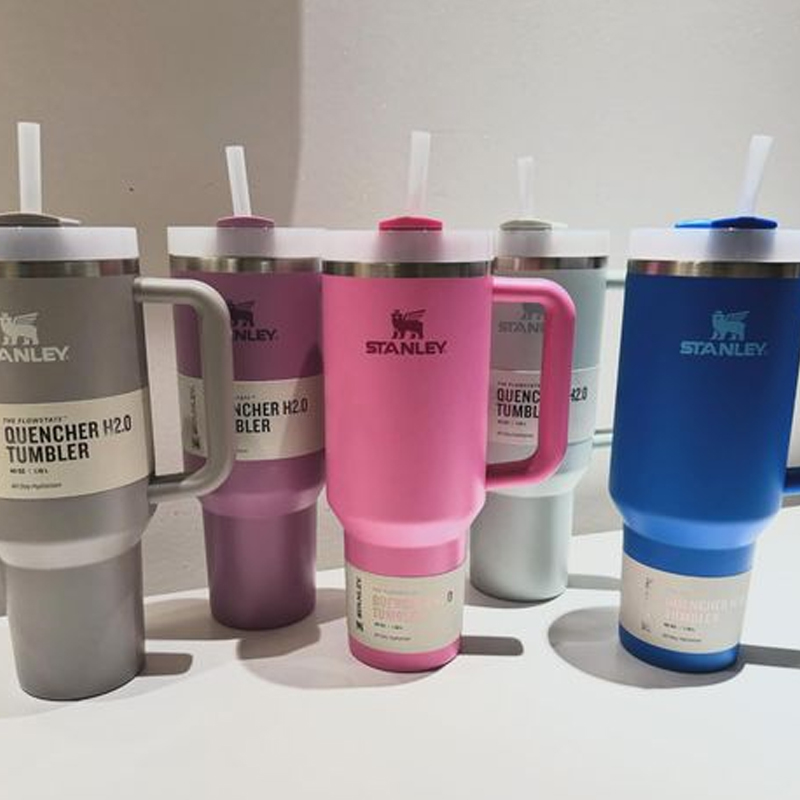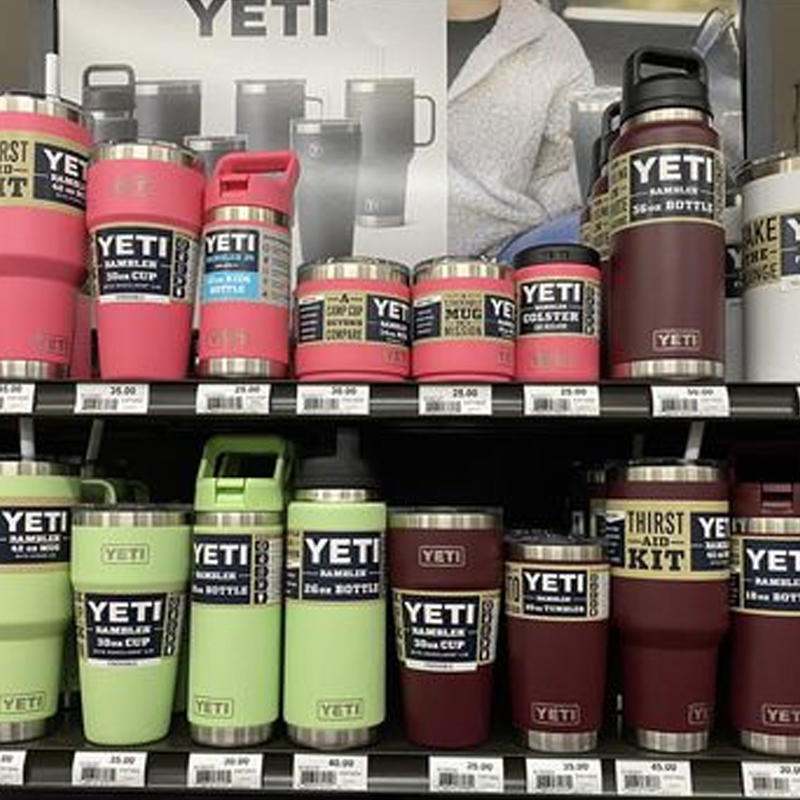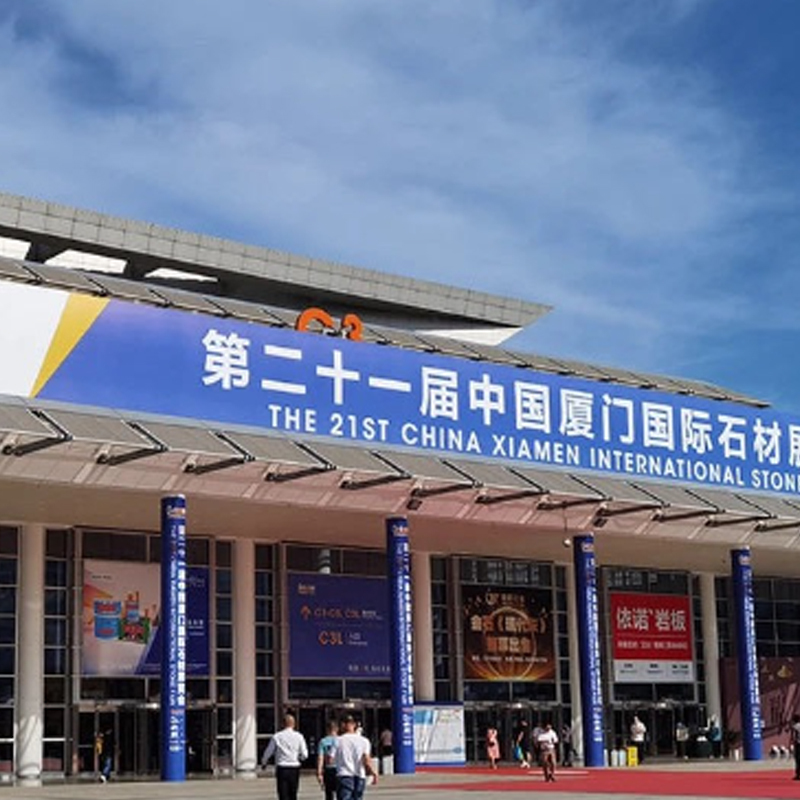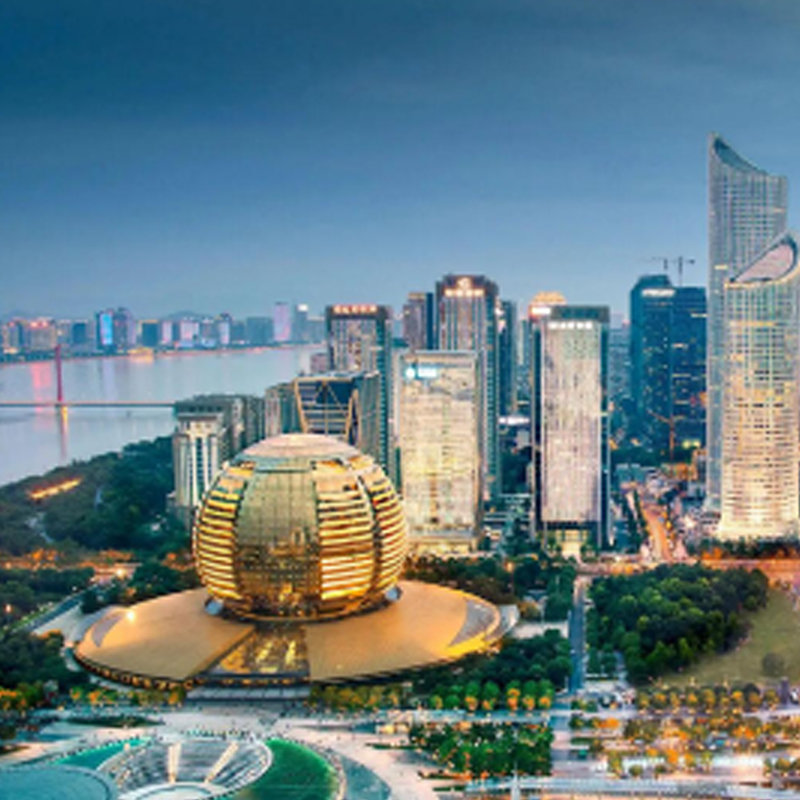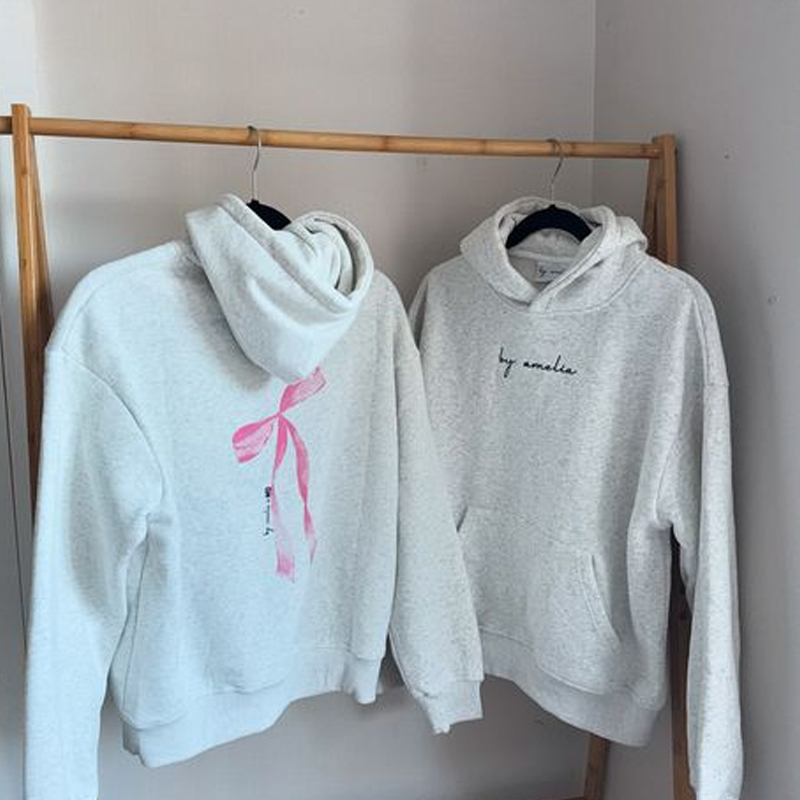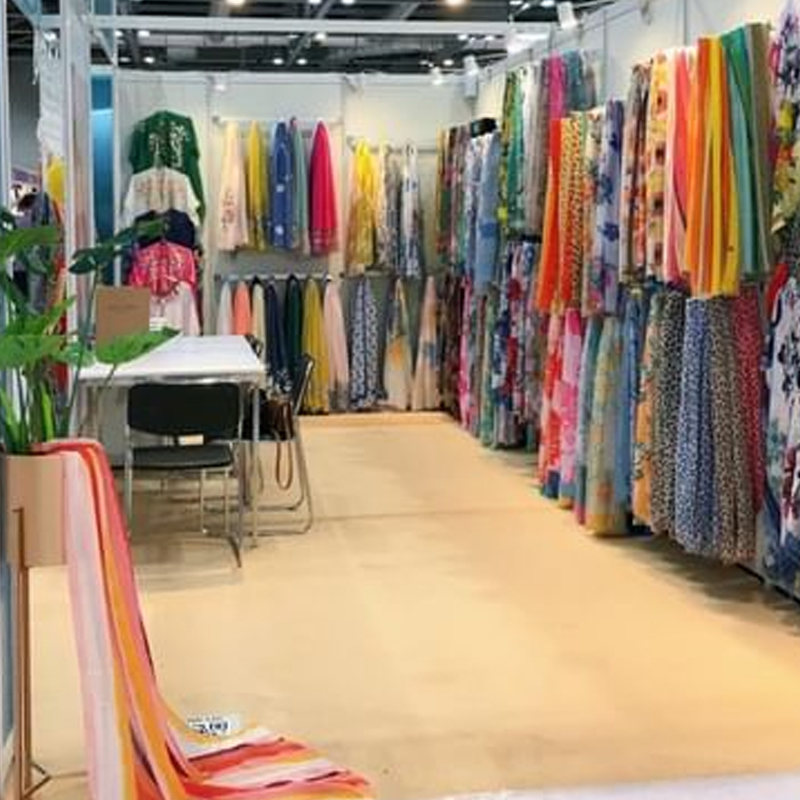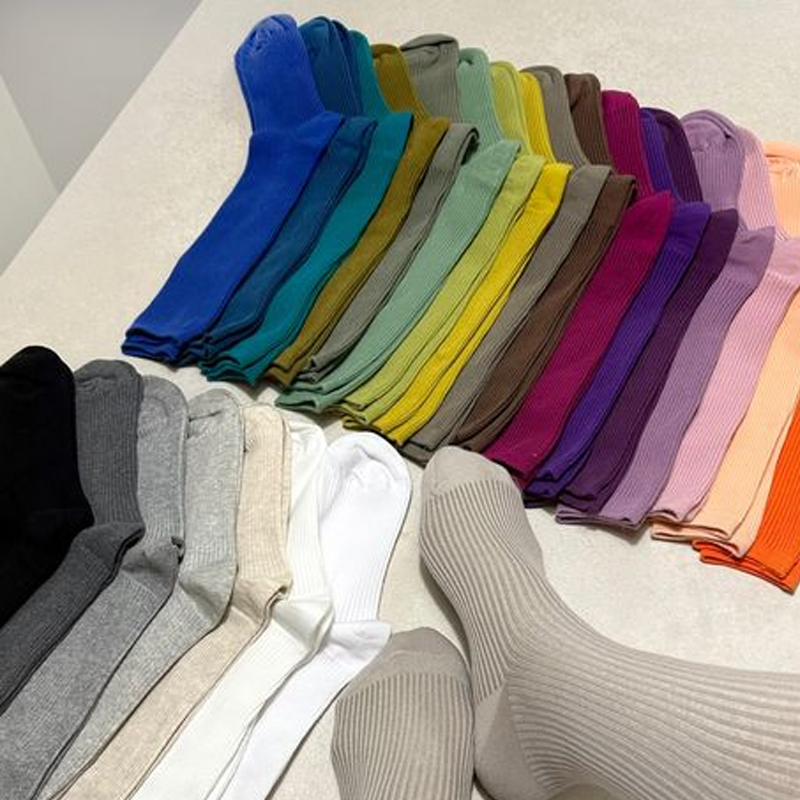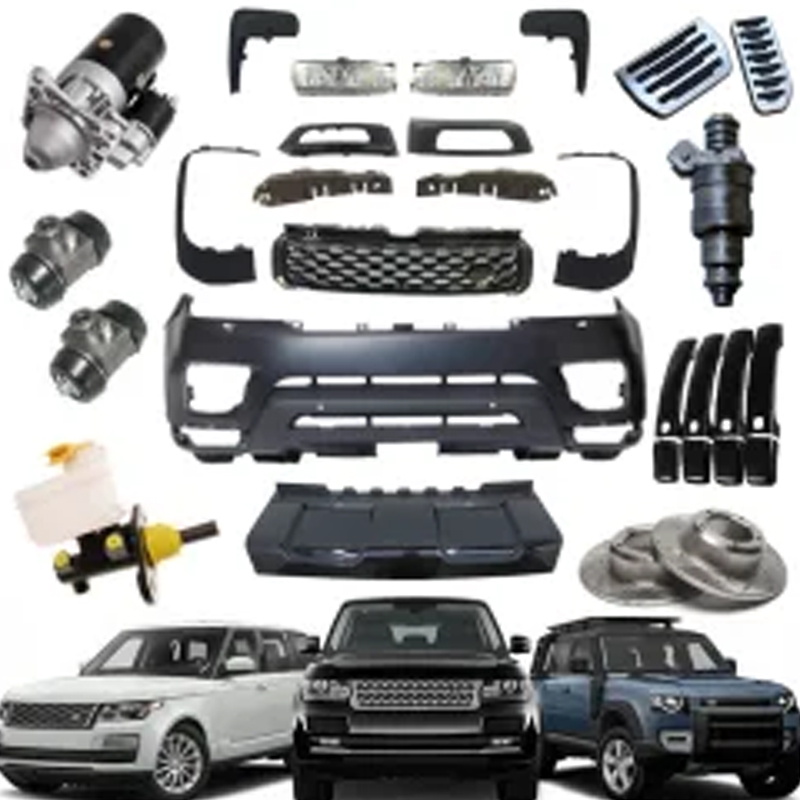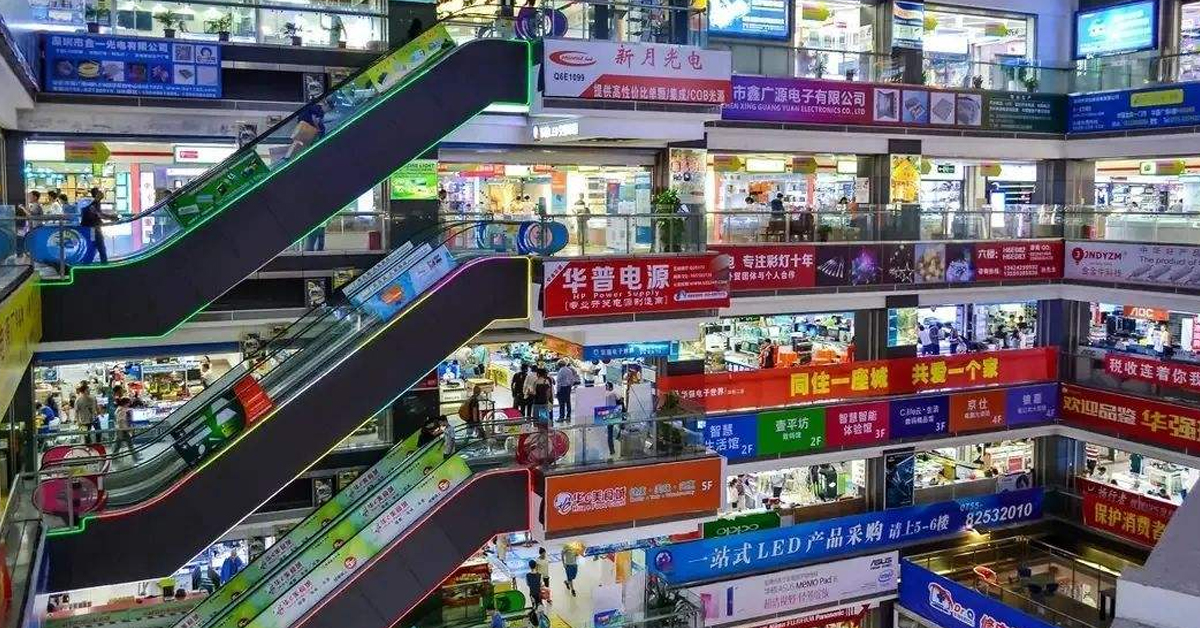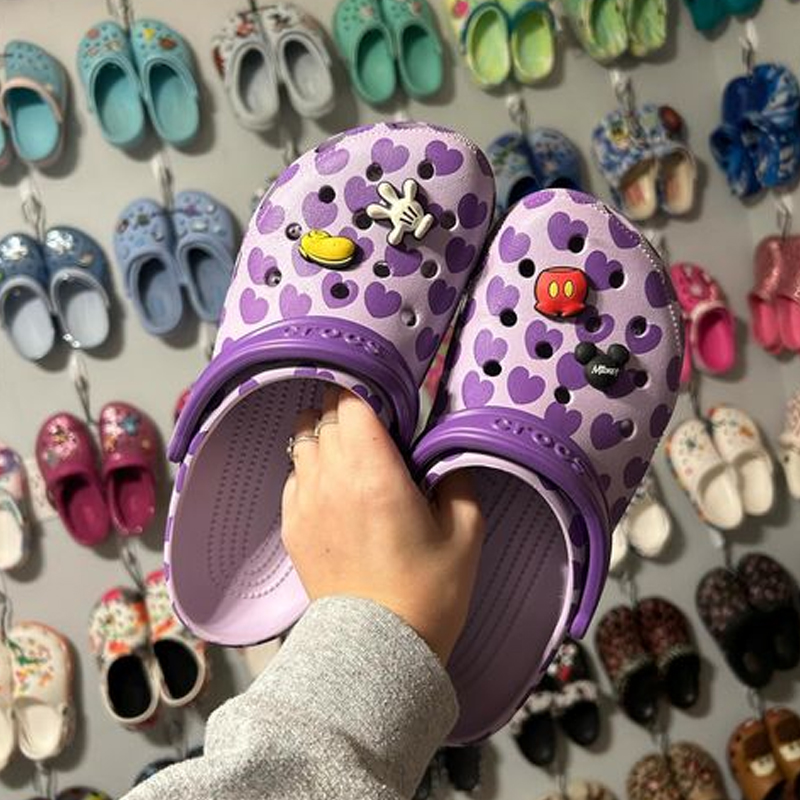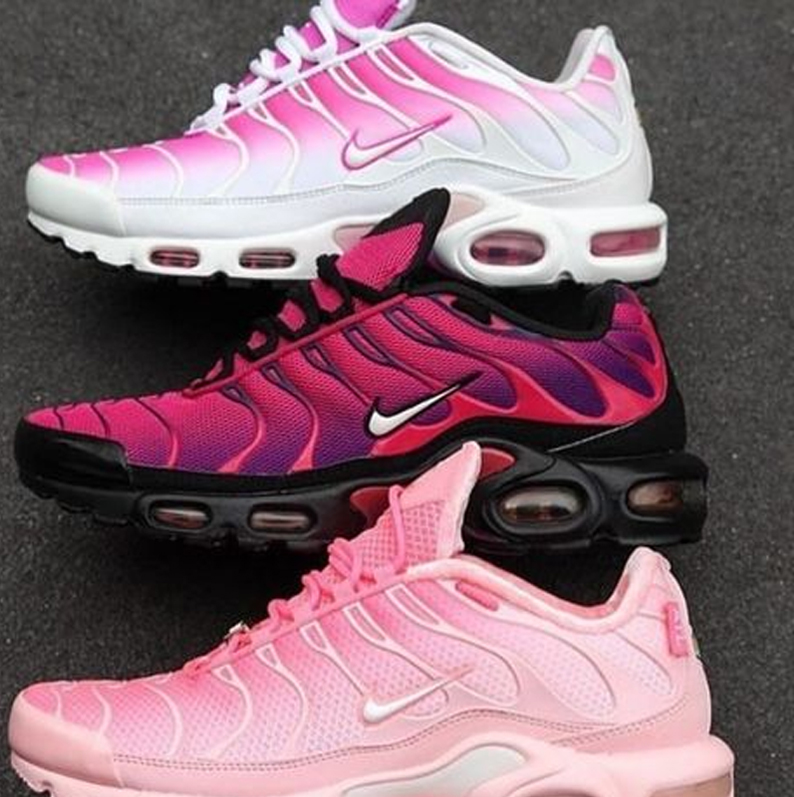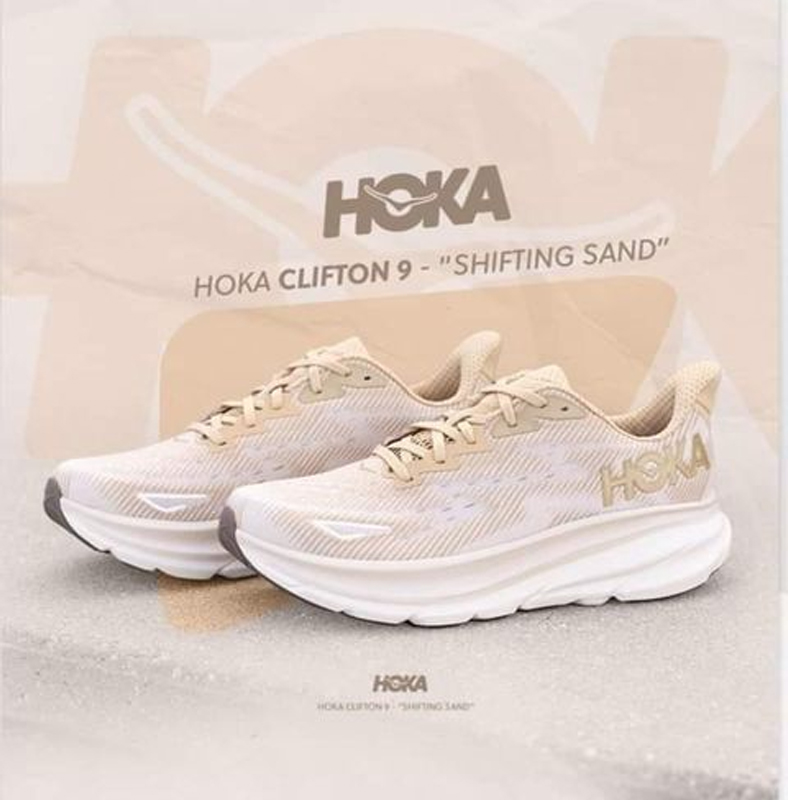Ever wondered how those iconic Converse sneakers make their way to your feet? Join us on a fascinating journey through the world of Converse production facilities and sneaker manufacturing countries. This article will take you behind the scenes, exploring everything from canvas sourcing to rubber sole production, and the intricate quality control measures that ensure every pair meets the brand’s high standards. Whether you’re a sneakerhead, a fashion enthusiast, or just curious about global manufacturing, this deep dive into Converse’s production process is sure to give you a new appreciation for your favorite kicks.
Key Takeaways: Converse’s Global Manufacturing Footprint
- Converse has a diverse network of production facilities spanning multiple countries
- Vietnam, India, China, and Indonesia play crucial roles in Converse manufacturing
- The brand maintains strict quality control across all production locations
- Sustainable practices and worker conditions are increasingly important focus areas
- Converse’s global production strategy balances efficiency, quality, and brand heritage
Where Are Converse Sneakers Actually Made?
Converse, founded in 1908 with its headquarters in Boston, Massachusetts, has come a long way from its humble beginnings. Today, Converse sneakers are manufactured in various countries around the globe. The primary production hubs include Vietnam, China, India, and Indonesia.
Vietnam has emerged as a significant player in Converse’s manufacturing landscape. Several factories located in Vietnam are dedicated to producing the iconic Chuck Taylor All Stars and other popular models. The country’s skilled workforce and developing infrastructure have made it an attractive option for sneaker production.
China, long known as the “world’s factory,” continues to play a crucial role in Converse production. While the brand has diversified its manufacturing base, Chinese factories still contribute significantly to the overall output, particularly for certain models and components.
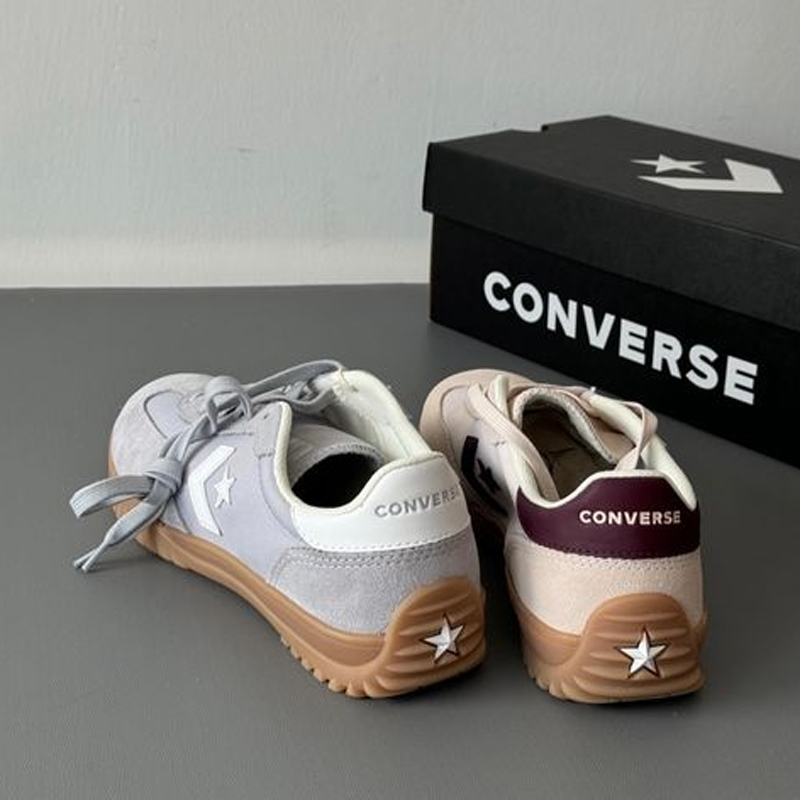
The Journey of a Converse Sneaker: From Raw Materials to Your Feet
The creation of a Converse sneaker is a fascinating process that involves multiple stages and locations. It all begins with material sourcing. The canvas, a signature element of many Converse styles, is often sourced from suppliers specializing in durable, high-quality textiles.
Once the materials are gathered, the manufacturing process begins. This typically involves cutting the canvas, shaping it over a last (a foot-shaped mold), and attaching the rubber sole. Converse is known for its Vulcanized shoe construction, a method that involves heating the rubber to create a strong, flexible bond with the upper part of the shoe.
After assembly, each pair undergoes rigorous quality control checks. These inspections ensure that every sneaker meets Converse’s exacting standards before it’s packaged and shipped to distribution centers around the world.
Vietnam: The Rising Star in Converse Production
Vietnam has become increasingly important in Converse’s global production strategy. The country’s factories are known for their efficiency and attention to detail, making them ideal for producing the brand’s classic designs.
One of the key advantages of Vietnam’s factories is their ability to combine traditional craftsmanship with modern manufacturing techniques. This blend allows for the preservation of Converse’s classic design elements while incorporating innovations in comfort and durability.
Moreover, Vietnam’s growing focus on sustainable practices aligns well with Converse’s environmental initiatives. Many factories in the country are investing in eco-friendly technologies and processes, contributing to the brand’s overall sustainability goals.
How Does Converse Ensure Quality Across Different Production Locations?
Maintaining consistent quality across multiple production facilities in different countries is no small feat. Converse employs a comprehensive quality control system that starts from the initial stages of production and continues until the final product is ready for shipment.
Each production facility, whether in Vietnam, China, India, or Indonesia, adheres to strict guidelines set by Converse. These guidelines cover everything from material selection to manufacturing processes and final inspections. Regular audits and training programs ensure that all factories meet the brand’s high standards.
Additionally, Converse invests in technology and innovation to improve quality control. This includes advanced testing equipment and data analytics to identify and address potential issues before they affect the final product.
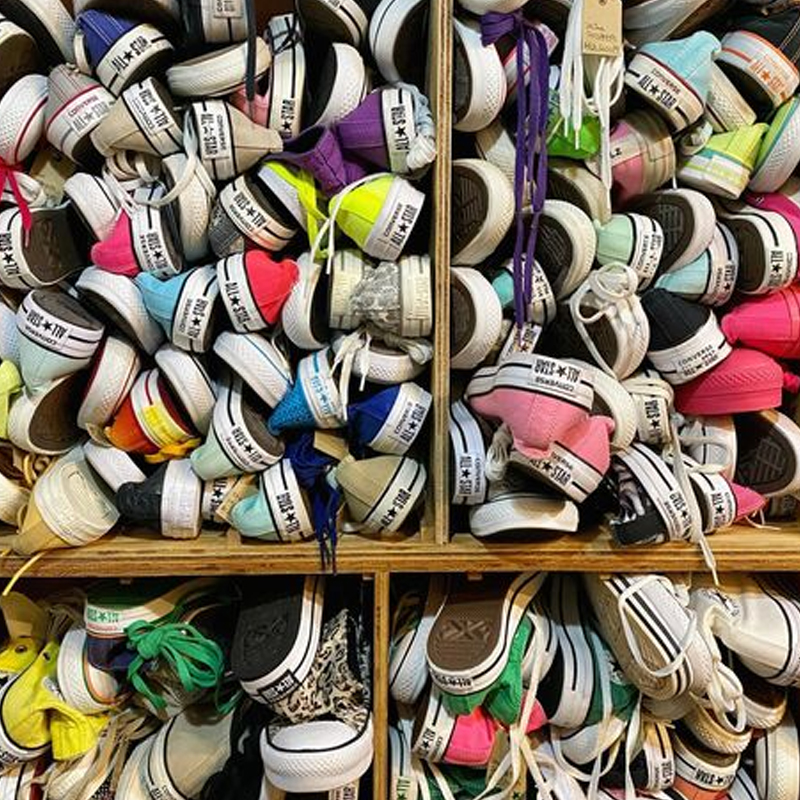
The Role of Chinese Factories in Converse’s Production Ecosystem
While Converse has diversified its manufacturing base, Chinese factories continue to play a significant role in the brand’s production ecosystem. China’s long history in sneaker manufacturing has resulted in a wealth of expertise and specialized skills that remain valuable to Converse.
Chinese factories are often at the forefront of adopting new technologies and production methods. This includes advancements in canvas printing techniques and innovations in rubber sole production. These capabilities allow Converse to experiment with new designs and improve existing models.
Moreover, the proximity of Chinese factories to key material suppliers can offer advantages in terms of supply chain efficiency and responsiveness to market trends.
India and Indonesia: Emerging Players in Converse Manufacturing
In recent years, India and Indonesia have emerged as important contributors to Converse’s global production network. Both countries offer a combination of skilled labor, developing infrastructure, and strategic locations that make them attractive for sneaker manufacturing.
Indian factories have shown particular prowess in canvas production and intricate detailing work. This expertise aligns well with Converse’s focus on quality and attention to detail in their classic designs.
Indonesia, with its strong textile industry, has become a key player in Converse’s material sourcing and assembly operations. The country’s factories are known for their efficiency in large-scale production, helping Converse meet global demand for its popular models.
Sustainability and Worker Conditions: Converse’s Commitment to Ethical Production
As consumer awareness of sustainability and ethical production practices grows, Converse has placed increased emphasis on these areas across its global manufacturing network. The brand has implemented several initiatives aimed at reducing its environmental footprint and improving worker conditions.
In terms of sustainability, Converse has been exploring the use of recycled materials in its products and packaging. The brand has also been working with its factory partners to reduce water usage, minimize waste, and increase energy efficiency in the production process.
Regarding worker conditions, Converse requires all its manufacturing partners to adhere to strict labor standards. This includes fair wages, safe working environments, and opportunities for skill development. Regular audits and improvement programs help ensure these standards are met across all production locations.
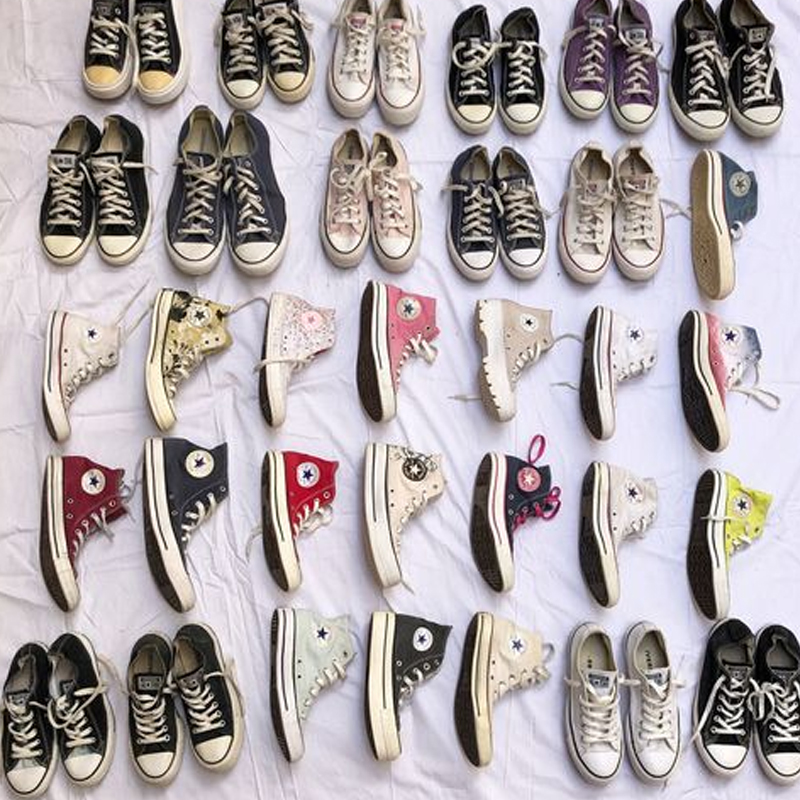
How Does Converse Balance Global Production with Brand Heritage?
Maintaining brand heritage while operating a global production network is a delicate balancing act for Converse. The brand’s iconic designs, particularly the Chuck Taylor All Star, are deeply rooted in American culture. Yet, the reality of modern manufacturing means that these “all-American” sneakers are now produced around the world.
Converse addresses this challenge by ensuring that regardless of where a sneaker is manufactured, it adheres to the brand’s exacting standards and design principles. This includes preserving key elements of the classic design while incorporating modern manufacturing techniques for improved quality and comfort.
Furthermore, Converse leverages its global production network to offer customization options and limited editions that cater to local tastes and fashion trends. This approach allows the brand to maintain its global appeal while respecting its heritage and core designs.
The Future of Converse Production: Trends and Innovations
As we look to the future, several trends are likely to shape Converse’s production strategies. Automation and robotics are becoming increasingly prevalent in sneaker manufacturing, offering potential improvements in efficiency and consistency. However, Converse will need to balance these technological advancements with the craftsmanship that has long been associated with its brand.
Sustainability is another area where we can expect to see continued innovation. This may include the development of new eco-friendly materials, more efficient production processes, and circular economy initiatives to reduce waste.
Finally, we may see further shifts in the global distribution of Converse’s production facilities. As labor costs and trade policies evolve, the brand may explore new manufacturing locations to optimize its supply chain and better serve emerging markets.
Sourcing Smarter: Leveraging Chinese Expertise for Your Business
While Converse’s global production network spans multiple countries, the role of Chinese factories remains significant. For businesses looking to tap into this expertise, partnering with a knowledgeable sourcing agent can be invaluable.
At BuyFromChinaDirect, we specialize in connecting businesses with reputable Chinese manufacturers across various industries, including footwear and textiles. Our deep understanding of the Chinese manufacturing landscape, combined with our commitment to quality and ethical production, allows us to help businesses source products efficiently and responsibly.
Whether you’re inspired by Converse’s global production strategy or looking to develop your own line of footwear or apparel, we can help you navigate the complexities of Chinese manufacturing. From identifying the right factory partners to ensuring quality control and compliance with international standards, we’re here to support your sourcing needs.
Remember, while global production offers many advantages, the key to success lies in finding the right balance between cost, quality, and ethical considerations. By leveraging the expertise of Chinese factories and partnering with experienced sourcing professionals, you can develop a production strategy that aligns with your brand values and business goals.


